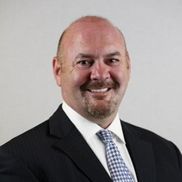Residents of the Smithtown Central School District will once again decide who will sit on the school board after a contentious race in 2021.
Last year Stacy Ann Murphy, John Savoretti and Karen Wontrobski-Ricciardi beat out incumbents Jeremy Thode, Mandi Kowalik and Charles Rollins in a race where the newcomers were inspired to run after disagreeing with the district’s response to the COVID-19 pandemic regarding in-person learning and masks.
This year newcomer Angela Kouvel will go up against incumbent Michael Saidens for his position and first-timer Charles Fisher will challenge Michael Catalanotto for his current seat. Voters will also decide on a proposed $267,786,882 budget for the 2022-23 school year which reflects a dollar change of $5,467,217 from last year’s budget of $262,319,665. The tax levy is 1.2% and is below the district’s allowable tax levy.
This year the district is set to receive $48,731,716 of state aid, an increase of $1.26 million. Residents will also have the opportunity to vote on a proposition to establish a new capital reserve fund. The fund is not to exceed $25 million over a 10-year period. If Proposition 2 is approved, residents will not have an additional tax increase. Funds would transfer from the general fund and would be used to make capital improvements to the district’s schools.
Candidate information
Catalanotto and Saidens participated in phone interviews with The Times of Smithtown for this article. Kouvel asked for questions to be emailed to her so she could answer them after returning from vacation but answers were not received before press time. Fisher did not respond to requests for an interview.
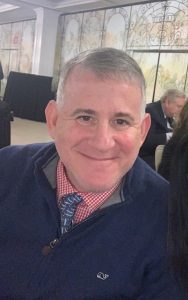 Michael Saidens
Michael Saidens
Saidens is an elementary school principal in the Sachem school district. Throughout his career he has worked as a teacher, including in the Smithtown school district, as well as a principal in other schools in Suffolk County. He also has experience as a special education administrator.
He is running for the third time.
“I think there’s still work to be done,” he said. “I think right now our community is pretty fractured, and I want to be part of the team to bring us back together to focus on what’s best for our kids in our community.”
He said the last couple of years the board of education has received criticism from parents about the district’s response to COVID-19 state mandates. There have also been concerns that the district was including critical race theory in its curriculum, which it does not.
“We really need to focus on that every kid in Smithtown should count, and it’s our job as a board of education to make sure we’re not just educating like-minded kids,” he said, adding every child should be comfortable in school.
He said he believes his experience in education is an asset to the board.
“I’m there to focus on our school business and then also understanding that there are mandates that we need to follow, rules that we have to follow, and you’re not always able to do exactly what you want to do,” he said. “You have to work within the parameters and framework that a state education department sets and work toward working on curriculum that way.”
Saidens said that while the board is divided at times there are also issues they agree on.
He said a lot of times subjects brought up by members of the board and the public are “hot button topics that aren’t necessarily a part of our purview as a board of education.”
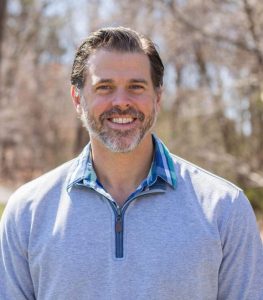 Michael Catalanotto
Michael Catalanotto
An attorney born and raised in Smithtown, Catalanotto is running for his second term. His first term was one that was filled with enforcing state COVID-19 mandates. Despite the controversies that may have followed a few of the BOE’s decisions, he said he is proud of many things the trustees have accomplished.
“Despite the challenges that we had, we continued to add programs during COVID,” he said. “We made addressing learning loss a priority, and we’ve been able to come in below the tax cap, keep the budget below the tax cap the last two years.”
He would like to see foreign language programs in the elementary schools and the expansion of mental health programs. He said recently the school has partnered with the Suffolk County Police Department to offer programs in the schools.
As an attorney, who primarily deals with divorce mediation, he said he has experience dealing with tax records and getting two people on the same page.
He agrees with Saidens that the board can be divided at times: “There’s been this division on the board, lack of focus on the issues that really affect our children, and instead focused on what we can do to flip the board completely. That’s really been the focus of a lot of what’s going on right now. So, it’s a shame, but we’ve got to get back to what the real issues are and focus on our children.”
Both Catalanotto and Saidens said they were proud of the district’s partnership with Northwell Health that will provide more opportunities for assistance for families seeking mental health support for students.
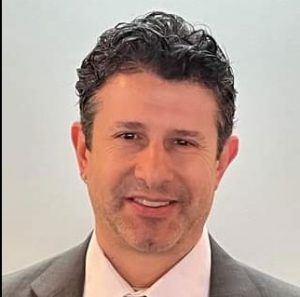 Charles Fisher
Charles Fisher
During a Meet the Candidates Night via Zoom, Fisher said he is an attorney who deals mostly with real estate law. He and his wife moved to Smithtown when their oldest of three was 5 years old and beginning kindergarten 15 years ago, because they felt the Smithtown school district was a good one. He said he and mostly his wife have volunteered for many extracurricular school activities, which he said enables him to be familiar with what is involved in the school programs.
“I volunteered to run for school board out of concern due to the great slowdown of 2020,” he said, adding the pandemic revealed problems in the district describing them as when a river dries up you see what is laying at the bottom.
He said he feels he needs to be part of the board to address issues that were unforeseen before the pandemic.
 Angela Kouvel
Angela Kouvel
Kouvel, who is the mother of two, also moved to the district to provide her children with a better education. During the Meet the Candidates Night, she said she is married to a police officer, and she oversees contracts for a plumbing company.
With children in the district, she said, “I see now more than ever just how important a proper education is. They’re not only the children of today but they are also the children of our future and community.”
She added she believes in equality for every student, and the importance of enrichment and special education programs in every school in the district. Kouvel said she is not only a candidate for the students but also the community.
Voting information
To view the Meet the Candidates Night, visit https://youtu.be/w0iokgmcoEQ. Voting will take place Tuesday, May 17, from 6 a.m. to 9 p.m. For information on polling places, visit the district’s website, www.smithtown.k12.ny.us/boardofeducation/budget_information.


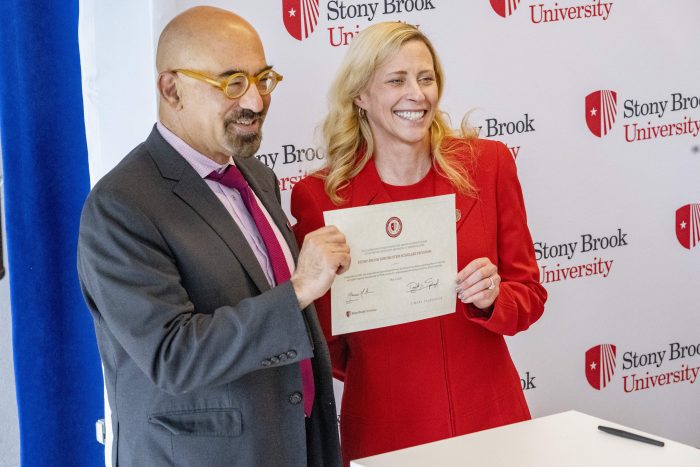

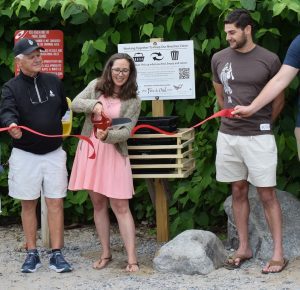


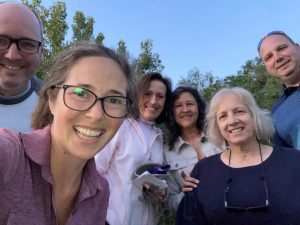

































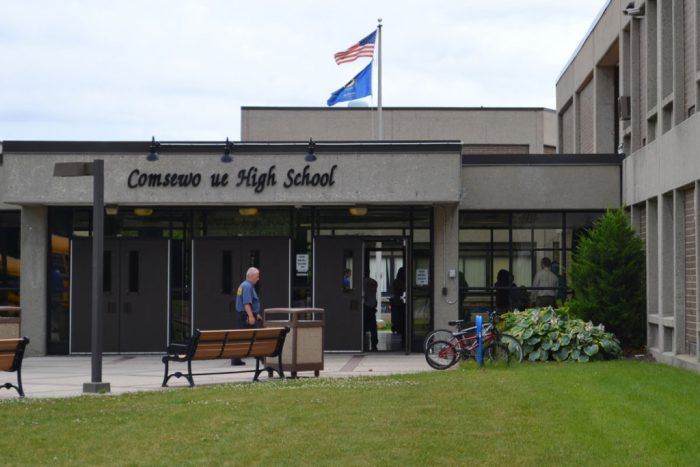
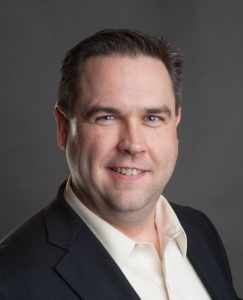 DeStefano said he is running for reelection out of love for his community. He added that he and his wife grew up in the community, bought a house there and believe in the importance of giving back.
DeStefano said he is running for reelection out of love for his community. He added that he and his wife grew up in the community, bought a house there and believe in the importance of giving back. Borruso said that a number of people throughout the community are seeking change in the school district.
Borruso said that a number of people throughout the community are seeking change in the school district.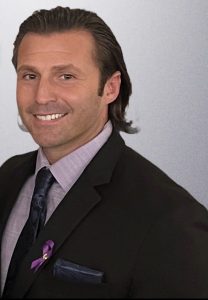 Bodenburg said he has served the community in various capacities through committees throughout the district. According to him, he is currently the director of curriculum and instruction for a nonprofit organization that helps women and children who are victims of domestic violence.
Bodenburg said he has served the community in various capacities through committees throughout the district. According to him, he is currently the director of curriculum and instruction for a nonprofit organization that helps women and children who are victims of domestic violence.
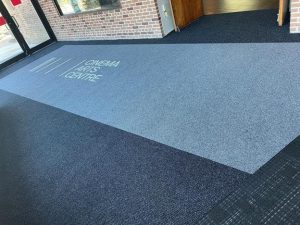
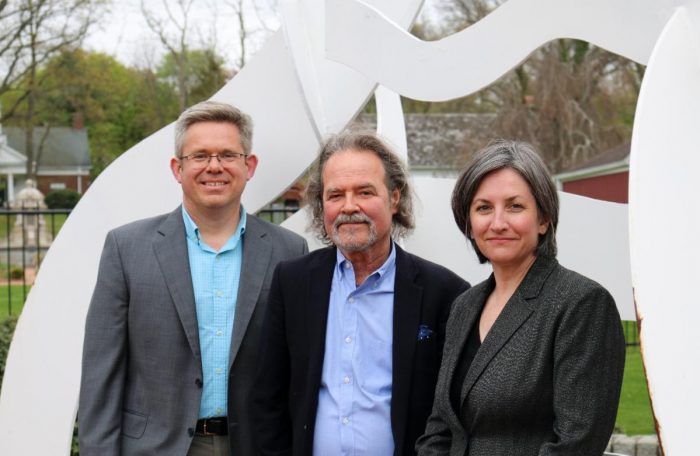


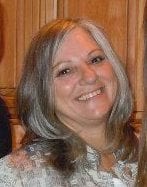 Boehm has served on the Board of Education for 10 years and is currently president. Commenting on her many family members who graduated from Port Jefferson schools, she said, “The royal blood runs thick in our family.”
Boehm has served on the Board of Education for 10 years and is currently president. Commenting on her many family members who graduated from Port Jefferson schools, she said, “The royal blood runs thick in our family.”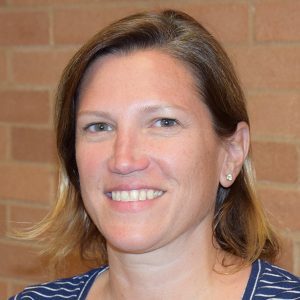
 Ryan went to Scraggy Hill Elementary and Port Jefferson Junior High before attending The Stony Brook School. For nearly 20 years, he was away in China studying to become a practitioner of Chinese medicine, then returned to Port Jeff.
Ryan went to Scraggy Hill Elementary and Port Jefferson Junior High before attending The Stony Brook School. For nearly 20 years, he was away in China studying to become a practitioner of Chinese medicine, then returned to Port Jeff.